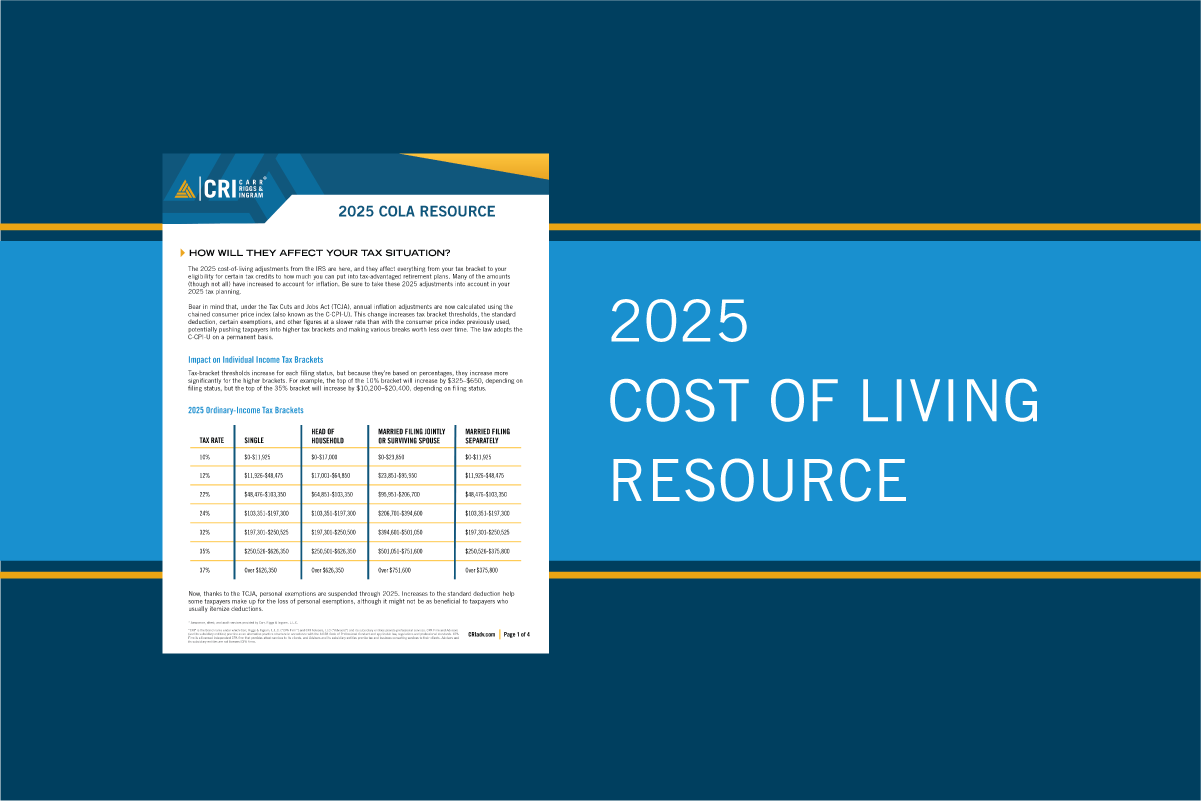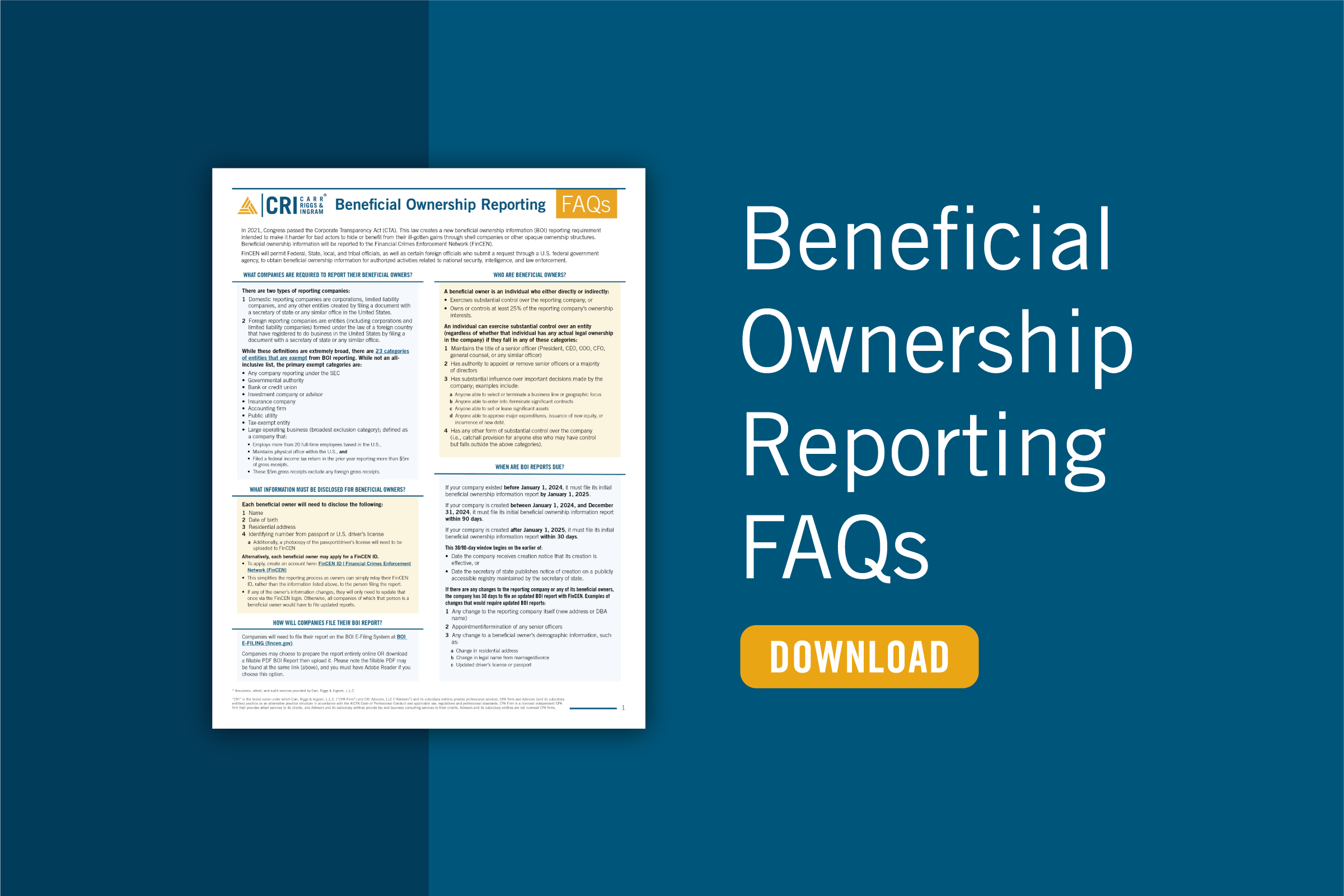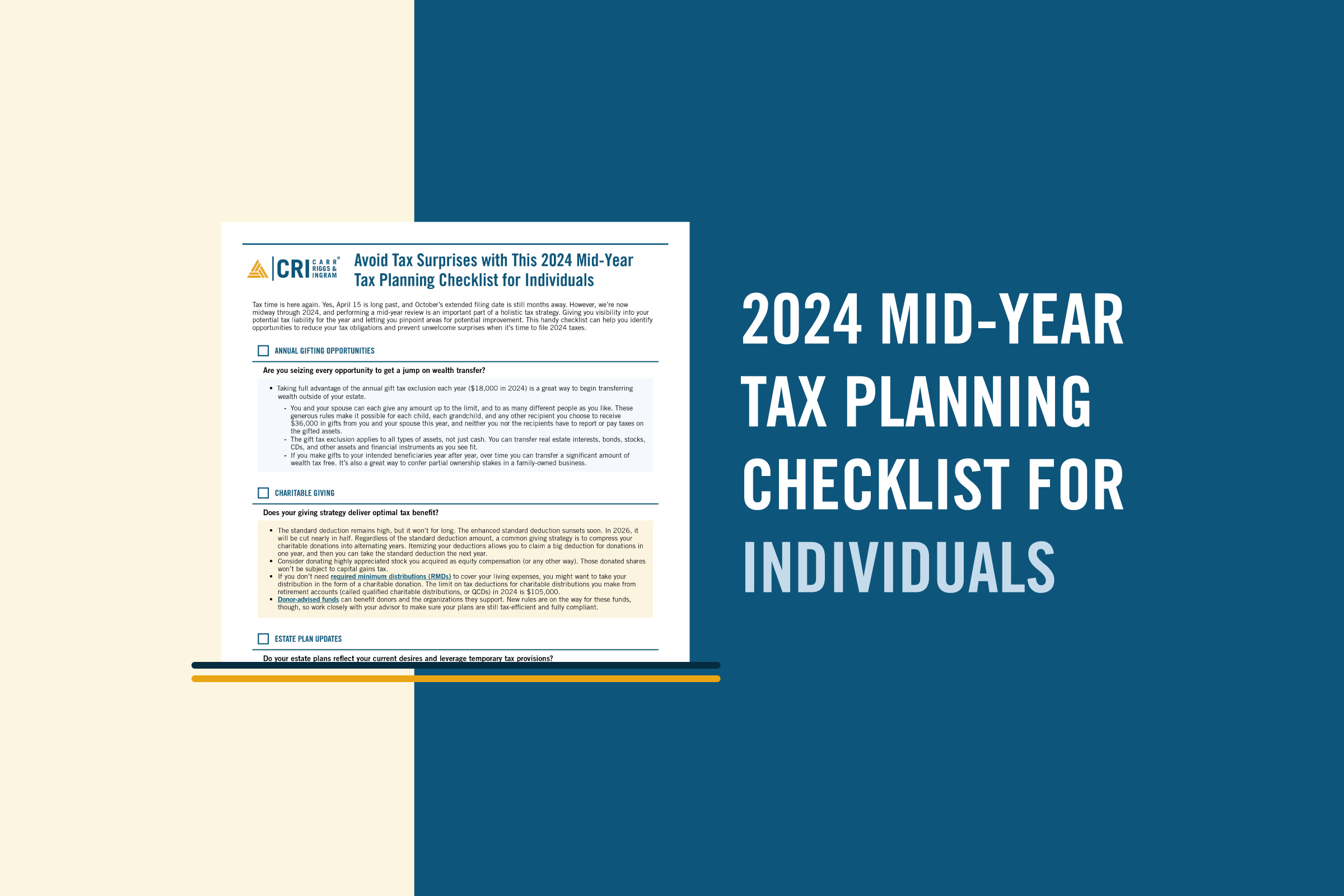Strategies to Manage College Expenses for Multiple Children
- Contributor
- Ann Marie Sale
Oct 5, 2023
Sending your child to college can often seem like a daunting task. Now, consider the added complexity and financial challenges of sending multiple children to college. As tuition costs rise and the complexity of financial planning increases, families often grapple with how to make the most of their savings. Here, we present practical and tax-efficient strategies to empower you in better planning for your children's educational futures.
Start Early, Understand the Costs, and Seek Guidance
The key to saving for any big-ticket item, especially college, is to start early. By beginning your savings journey when your children are still young, you take advantage of time, allowing your investments to grow. Familiarize yourself with current tuition rates and remember that costs will likely rise over time. It's crucial to stay informed about these trends as you prepare for your children's education.
As your children mature and approach college age, their aspirations and the schools they might consider can evolve. It's vital that you assess your savings plan periodically to ensure it remains aligned with their changing educational goals. Schedule a consultation with a financial planner or tax advisor who can offer valuable insights regarding your investment portfolio's performance, potential tax benefits, and fluctuations in tuition expenses. This proactive approach will help you stay on the right path to securing your kids' educational future.
Utilize 529 Plans or Consider a Roth IRA
One of the most tax-efficient ways to save for education is through a 529 Plan. With a 529 Plan, any earnings grow federal tax-free and are not subject to taxation when the funds are used for educational expenses. Many states also offer tax incentives for contributions to these plans. You can set up multiple accounts for different children, and in many cases, these funds can be utilized for K-12 expenses, not just college.
Similarly, while primarily known as a retirement savings tool, Roth IRAs can also be used for education savings. After the account has been open for at least five years, you can withdraw contributions (but not earnings) without penalties for education expenses. This strategy provides flexibility, as if your child ends up not going to college, you can still use the money for retirement without any repercussions.
A new rule set to be implemented in 2024 allows limited rollovers from 529 plans to Roth IRAs to address what becomes of the funds after the beneficiary completes their education. This rule has significant implications for families with multiple children, especially if some have already completed their studies. Previously, beneficiaries with remaining 529 funds faced potential taxation and penalties if the funds went unused, prompting many families to create individual 529 accounts, providing flexibility to transfer unused funds between siblings' accounts. Work with your CRI tax advisor on how to utilize both the 529 in combination with the tax credits.
Explore Prepaid Tuition Plan Options
Many states provide prepaid tuition plans, which are a way to lock in the price of tuition and required fees at current rates. Prepaid tuition plans offer an excellent choice for individuals looking to prepare for a child's upcoming educational expenses. These plans enable you to save money with eligible tax benefits and help secure today's tuition rates for the future. Many allow contributions to be made with after-tax dollars, and consequently, you might qualify for a state income tax deduction based on your contribution to the plan. It's important, however, to do your research, as the specifics of these plans vary from state to state.
Scholarships and Grants
Encourage your children to actively seek out scholarships and grants. Scholarships and grants can significantly reduce the financial burden of education, and every dollar they secure through these means lessens the amount you need to save. It's important to emphasize that scholarships and grants are not exclusively for top-performing students or exceptional athletes; many opportunities are available for individuals with diverse skills, interests, and backgrounds.
Utilize Tax Credits
To maximize your tax benefits and alleviate the financial strain of educational expenses, exploring the valuable American Opportunity Tax Credit and Lifetime Learning Credit is essential. These two credits are designed to ease the burden of higher education costs and can reduce your tax liability based on qualified education expenses. For instance, the American Opportunity Tax Credit is particularly advantageous for undergraduates during their first four years of college, covering costs like tuition, course materials, and other fees, while the Lifetime Learning Credit is versatile, encompassing a broader range of educational pursuits beyond traditional degree programs, including vocational courses and continuing education. While you can't simultaneously claim both credits for a single student in the same tax year, the potential for financial relief significantly multiplies when you have multiple children pursuing education.
Understanding Loan Options
While it's ideal to avoid loans, it's important to know what choices you have. If circumstances necessitate considering loans, it's imperative to make well-informed choices regarding the specific types and terms of loans you're thinking about. Federal loans generally offer better interest rates and more flexible ways to repay the money than private loans. By strategically exploring these loan options, you can make informed decisions about your finances and your kids' education.
Don't Lose Track of Retirement
While putting your child's education first is admirable, it's equally important not to overlook your own retirement savings. Keep in mind that there are loans available for educational expenses, but when it comes to retirement, there are no such financial safety nets. Striking a balance between these two objectives is essential for your long-term financial security. Retirement planning is an investment in your future well-being, ensuring that you have the financial means to enjoy a comfortable and worry-free retirement. Therefore, as you work towards securing your child's educational future, it's equally vital to maintain a focus on building a solid financial foundation for your retirement years.
Saving for college, especially with multiple children, might appear overwhelming. However, you can simplify the process by breaking it down into manageable steps and capitalizing on tax-advantaged approaches. Remember that each family's situation is different, making it all the more crucial that you seek personalized guidance tailored to your specific circumstances. Contact your CRI tax advisor to discuss all the potential options available. They're ready to assist you at every stage of this educational savings journey, ensuring you make informed choices that align with your family's unique goals and financial aspirations.


















































































































































































































































































































































































































































































